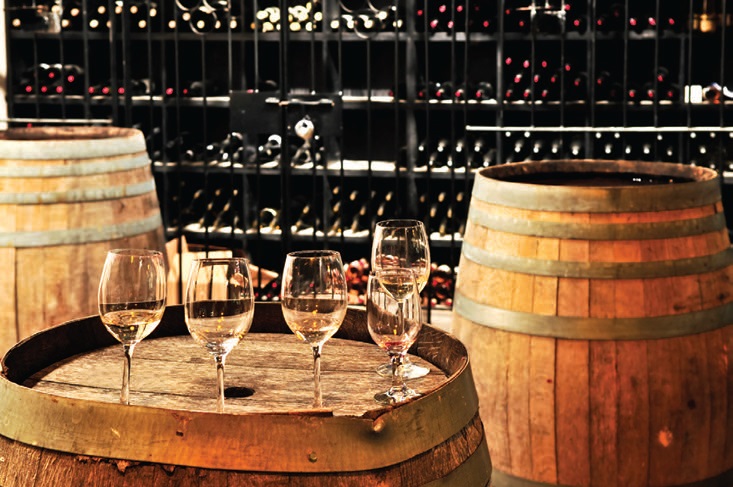The barrel’s boozy beginnings
Evan Zabawski | TLT From the Editor May 2010
Clarifying the nomenclature of oil’s units of measure.

Why is a barrel of crude oil, which is equal to 42 U.S. gallons, not called a tierce?
www.canstockphoto.com
When is a gallon not a gallon? This is not a riddle but, rather, a common question in our global world. The answer lies in identifying if the gallon is an Imperial gallon, as designated by the metric system, or a U.S. gallon, as designated by the Imperial system. Confused yet?
The Imperial gallon began its life as an ale gallon and is equal to 10 pounds of water weighed in a 30 inHg atmosphere at 62 F. This weight-volume relationship was inspired by the kilogram-liter relationship of the early metric system, where one gram equaled one ml of water. The U.S. gallon began its life as a wine gallon, or Queen Anne’s gallon, being equal to 231 cubic inches.
The wine industry in Britain spawned a number of other strange units, like the rundlet, which is equal to 18 wine gallons or 15 ale gallons. The scale continues with the barrel, equal to 31½ wine gallons or 26¼ ale gallons, and is followed by the tierce, which is equal to 42 wine gallons or 35 ale gallons.
So why is a barrel of crude oil, coincidentally also equal to 42 U. S. gallons, not called a tierce? The answer harkens back to the early days of petroleum production in North America, principally around the Pennsylvania-Virginia-West Virginia area, circa 1860.
At this time the price of petroleum was calculated per barrel, but there was such a boom that producers used any liquid-tight containers they could find, even if they were not a standard size. It was quite common for the buyers to supply their own container, with virtually any one being accepted as long as it was big enough for the buyer and not too big for the seller. Forty-gallon whiskey casks were commonly used and readily available, for reasons that I will leave open to conjecture.
Fueled by distrust of buyers and possible short measuring by sellers, a group of West Virginia producers decided to sell only in gallons rather than odd-sized barrels. In 1866 they created the West Virginia Rule that stipulated, “An allowance of two gallons will be made on the gauge of each and every 40 gallons in favor of the buyer.” This form of long measure is not a lot different than a baker’s dozen being 13 instead of 12 or a sack of wool being 364 pounds instead of 350. By 1872 the 42-gallon barrel was firmly established as a standard unit of measure.
For the next 70 years there was no challenger to the barrel, but then World War II erupted and the drum came to the forefront. Utilizing cold-rolled steel, stamp forging and welding, the 55-gallon steel drum proved to be a practical and economically feasible solution for the U.S. Navy. The Guadalcanal Campaign required large shipments of aviation fuel for the onshore aircraft, however, it was too dangerous to dock slow-moving ships and offload them in the conventional manner. The Navy resorted to a very unconventional practice of using drums and practically dumping them from fast-moving ships and having them corralled by the Civil Engineering Corps in small, agile boats.
Drums have since become the favored shipping container worldwide. However, the unit’s drum and barrel are used almost interchangeably these days, even though they refer to quite different volumes.
Our ever-present measurement of the economy remains the price of crude oil
per barrel, even though producers have long since abandoned such small containers in favor of pipelines and tanker ships and, therefore, measure in cubic meters.
The figurative—though no longer physical—barrel is denoted by the abbreviation bbl, whose origin seems to lie in an avoidance of confusing it with the existing bl used to denote a bale. Why no one thought to simply call it a tierce is possibly because the oil producers were too far removed from the wine makers to realize they had a readily available unit of measurement.
So raise your wine or whiskey glass and give a toast to the birth of a measurement that plays a role in all our lives.
 Evan Zabawski, CLS, is a training and consulting specialist for The Fluid Life Corp. in Edmonton, Alberta, Canada. You can reach him at evan@fluidlife.com
Evan Zabawski, CLS, is a training and consulting specialist for The Fluid Life Corp. in Edmonton, Alberta, Canada. You can reach him at evan@fluidlife.com
.